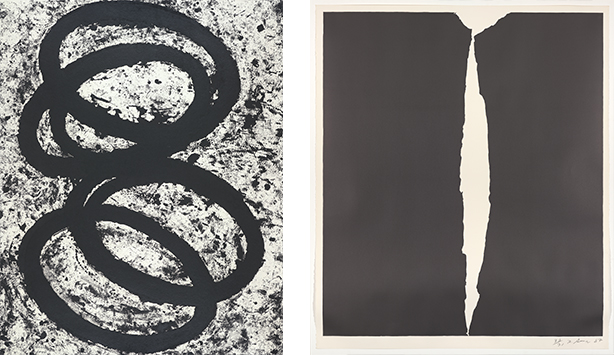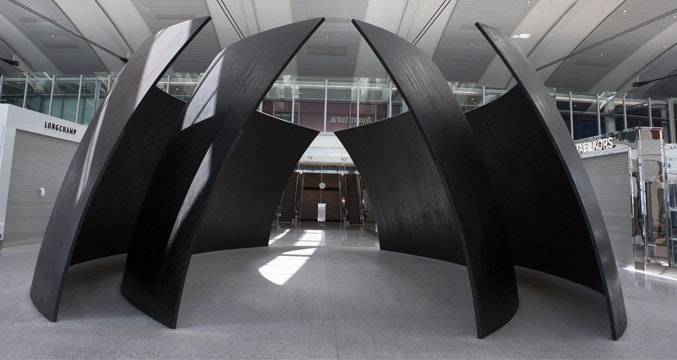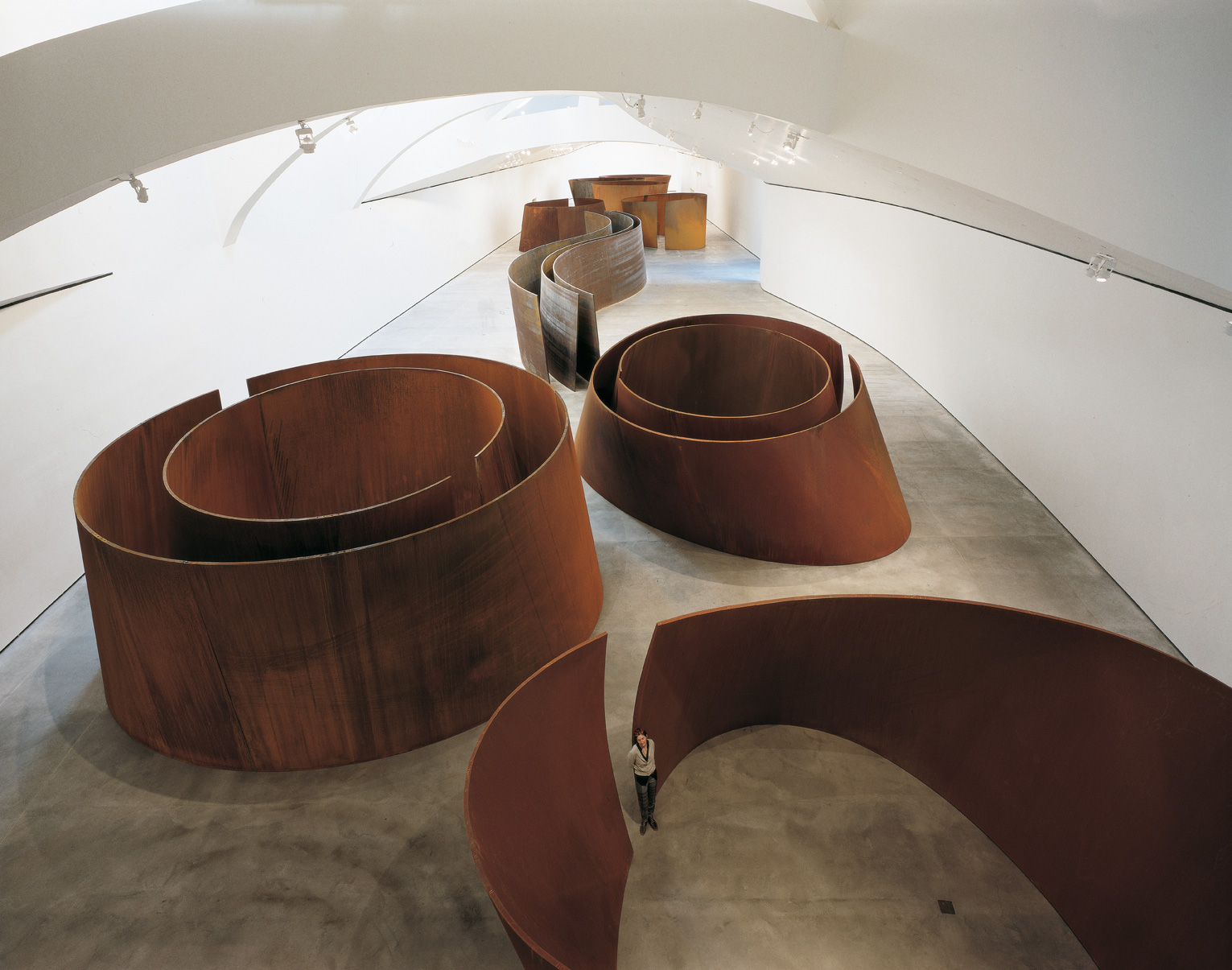Famous modern artist Richard Serra is known for his enormous steel sculptures. His work frequently has large, curved forms that create a sense of disorientation for viewers. Serra’s work gradually grew larger as a result of his research of unusual materials, such as vulcanised rubber in Belts and molten lead in his Splash series. Like artists such as Sol LeWitt and Carl Andre, his work is distinguished by its materiality. He was born in San Francisco on November 2, 1938, attended Berkeley University, and subsequently graduated from Yale with an MFA. Prestigious collections around the world, such as the Tate Gallery, Dia: Beacon, and the Guggenheim Bilbao, have Serra’s artwork on display.

Serra worked with unusual materials like rubber, neon, and lead in New York in 1966. His “Verb List,” which gave instructions for his sculptures, inspired him to create action-based pieces. Because lead is so malleable, he used it frequently to make sculptures that defied gravity.
Serra displayed a variety of pieces in gallery and museum settings, from prints to expansive Installation Drawings. In order to develop original compositions, he experimented with repetition and material manipulation in his drawing practice. Serra used unusual printmaking methods, experimenting with etching, silkscreening, and lithography. Produced from 1968 to 1979, Serra’s films and video works provide a distinct viewpoint on his artistic development, frequently depicting industrial processes and landscapes.
5 Famous Artworks
1. Splash
The way that molten lead is transformed into solid sculptures in Richard Serra’s “splashings” and “castings” highlights the significance of change and process. But it’s important to recognise that Serra’s early lead works are lost, which begs the question of what happens to the work in terms of material, technique, and destiny.

2. Tilted Spheres
With his 1981 piece Tilted Arc, in particular, Richard Serra sought to rethink how the general public interacted with sculpture. Stretching 120 feet across Federal Plaza in Lower Manhattan, this 15-ton steel slab was designed to physically interact with onlookers and change their impression of the area, in keeping with the minimalist movement’s emphasis on dynamic audience experiences. Despite being commissioned for permanent display by the U.S. General Services Administration, Tilted Arc was eventually removed because of controversy.

3. The Matter Of Time
The sculptures by Richard Serra, which range from straightforward double ellipses to intricate spirals, are displayed in “The Matter of Time”. Viewers get a dynamic sense of time and space as they move through and around these pieces. The gallery’s arrangement of the sculptures produces a singular temporal experience with constantly shifting dimensions.

4. Verb List
The “Verblist” by Richard Serra is a collection of activities that deal with art, material, place, and process. It was crucial in forming his early sculpture practice, emphasising his relationship to performance art, conceptual art, and action painting. Published in 1971, it highlights his friendship with dancers Simone Forti and Yvonne Rainer and highlights their dedication to verb execution in art.

5. Torqued Ellipses
His Torqued Ellipses project is a collection of sculptures made of solid metal that seem flexible and defy logic. Serra developed a curved art vocabulary that was influenced by the curvilinear forms found in urban areas. It’s a dynamic experience to walk among these sculptures, which seem to move and bend according to your position—just like in a cave.

In conclusion, Richard Serra’s enormous steel sculptures that leave spectators feeling both bewildered and awestruck are the perfect example of his outstanding contributions to contemporary art. His artistic journey has led to a gradual growth in the scale of his work, which has been characterised by the research of unusual materials. Alongside artists like Sol LeWitt and Carl Andre, Serra emphasises materiality heavily. Notably, Serra’s inventive use of materials and the ideas that inform his work are still relevant in the art world.
Read Also:






